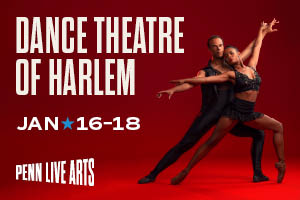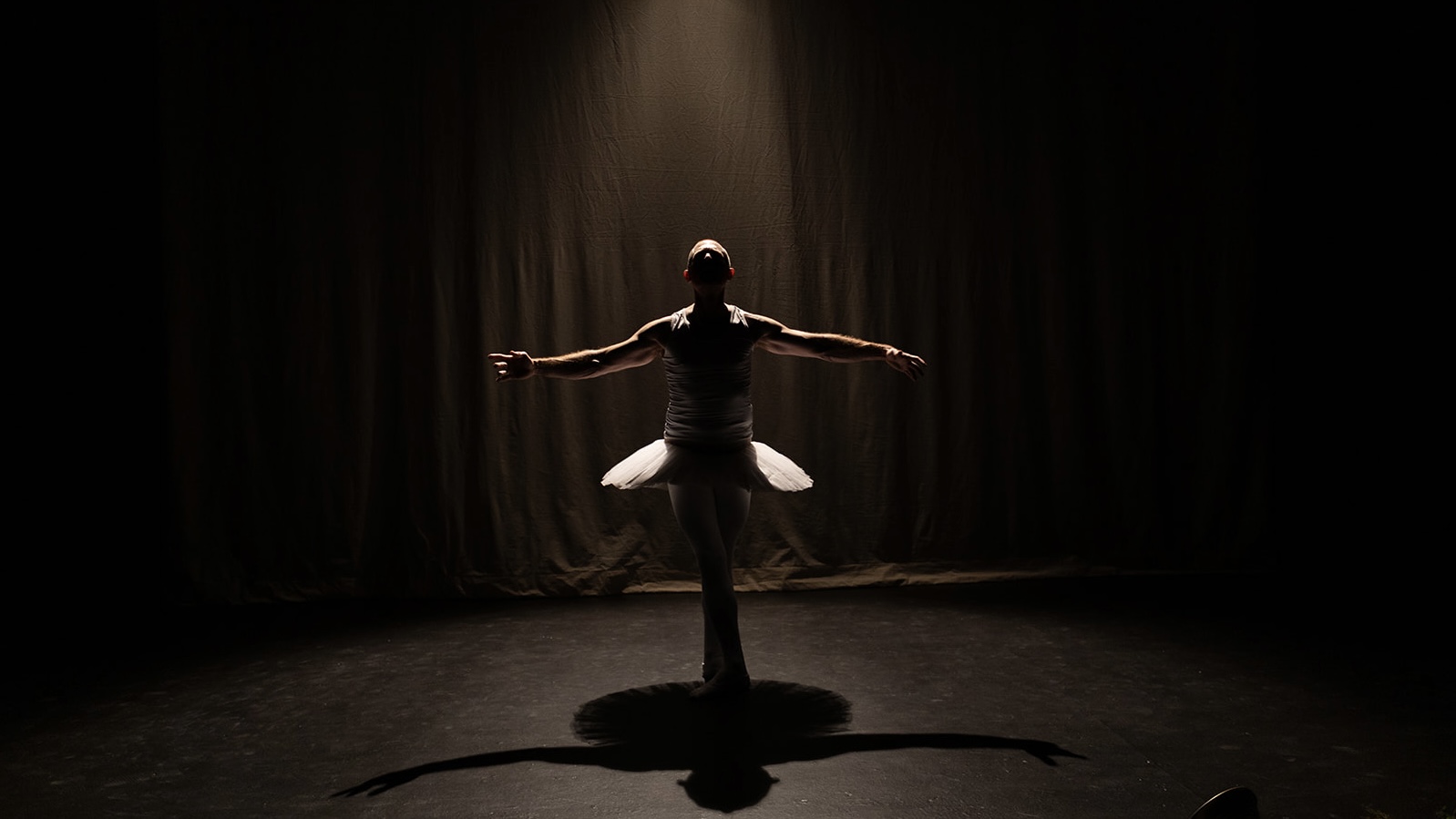Like many Don Quixote productions, this one opens with a written reference to Miguel de Cervantes’ 1605 novel that inspired Marius Petipa’s now-canonical 1869 ballet. But Angel Corella’s restaging—performed by the Pennsylvania Ballet for the second time following its company premiere in 2016—sets itself apart, while remaining faithful to the structure and choreography of Petipa’s version. Scholars consider Cervantes’ Golden Age masterpiece about an idealistic nobleman-cum-knight-errant a progenitor of the modern novel for its use of dramatic unity and character development. In this ballet, however, depth of character and thematic coherence play no role at all; indeed, the ballet bears little relation to the novel. The Cervantes quote about imagination, displayed before the prologue begins as if written on a withered manuscript, appeals to the ballet’s literary provenance on an iconographic rather than thematic or historical level. In fact, the visual aspect constitutes the ballet’s main strength. This restaging, magnificent in its spectacular appeal, takes its cue from the opening textual reference, offering a series of images—moving, glimmering, and three-dimensional—that invoke a contemporary, reappropriated view of the Spanish national spirit.
The program notes repeatedly emphasize the production’s “authenticity”: Corella was born in Barcelona, and some of the costume materials were purchased and sewn there; we even read that his mother helped embroider them, and that his family is mentioned in Cervantes’ novel. While it is debatable how accurate a contemporary reimagining of a late-nineteenth-century Russian exoticist portrayal of early-seventeenth-century Spain can be (or indeed, whether authenticity in such a context matters), the personal touches and artistic lineages shaping this production result in an impressive aesthetic experience. The costumes (no designer is acknowledged in the program) signal the narrative as vaguely historical, but their sumptuous textures suggest actual clothing more than stage costumes. The metallic trim and embroidery shimmer tastefully under the gold-tinged lighting (design by Michael Korsch). Far from the familiar red and black set against muted earth tones typical of most productions of Don Q, here we have vibrant scarlet, turquoise, orchid. The costuming lends the display a depth of color mirrored in the three-dimensionality of the sets (by Ralph Funicello). The town seems to extend beyond the proscenium arch, while the “Gypsy” camp looks like a Tanguy painting come to life, with diegetic music by Patricio Acevedo (guitar) and Arturo Stable (cajòn).
Likewise, the choreography excels in visual appeal. The corps remained tight and animated throughout. The dryads’ legs in the hallucination scene, with their bourrées perfectly illuminated, were the stuff of an aestheticist’s dream. Dayesi Torriente as Kitri played the iconic character’s feistiness with polish in the Act I variation. She and Sterling Baca as Basilio seemed genuinely comfortable together. Nayara Lopes, with a singular allure in her facial expressions, shone as Mercedes and Jermel Johnson in the role of Espada lent a sublime lightness to his bravado variations. I also found stirring Lucia Erickson’s quickness, delicate port de bras and spritely épaulement in the role of Amor, along with the impeccably accented arabesques and développés of Gabriela Mesa as Queen of the Dryads. She seemed to hover at all the right moments in the Ludwig Minkus score (orchestra conducted by Jona Affron). Tony Costandino offered an endearing, nuanced portrayal of Lorenzo.
The ballet works best when it surrenders to its nature as sensational, erotic image—for instance, when Mercedes weaves herself seductively between the phallic swords of the town’s matadors, who flank her in pirouettes and jagged heel-toe switches while waving muletas in balleticized bullfight postures. Perhaps owing to its replication of classical structure, however, the ballet loses steam in the third act after a seemingly endless array of variations that feels like gratuitous virtuosity. The culminating pas de deux consequently becomes a formal check-the-box exercise; we still have no attachment to the couple’s romance at this point because we know nothing significant about their feelings. I could sense the audience, including several balletomanes around me, start to fidget from tedium—a shame with such beautiful and well-executed choreography. Other regrettable elements, inherited from the classic, that might be rethought in this restaging are Basilio’s “humorous” molestation of Kitri’s breasts in the phony death scene, and the portrayal of the Romani as wanton creatures of orientalist fantasy. Fortunately, however, Basilio and Kitri concluded the final pas with renewed verve, and the celebratory confetti falling from above so enlivened the scene that the brief lull was almost forgotten amid the fresh, textured, and spectacularly exciting features of this performance.
Don Quixote, Pennsylvania Ballet, Academy of Music, October 10–20.






